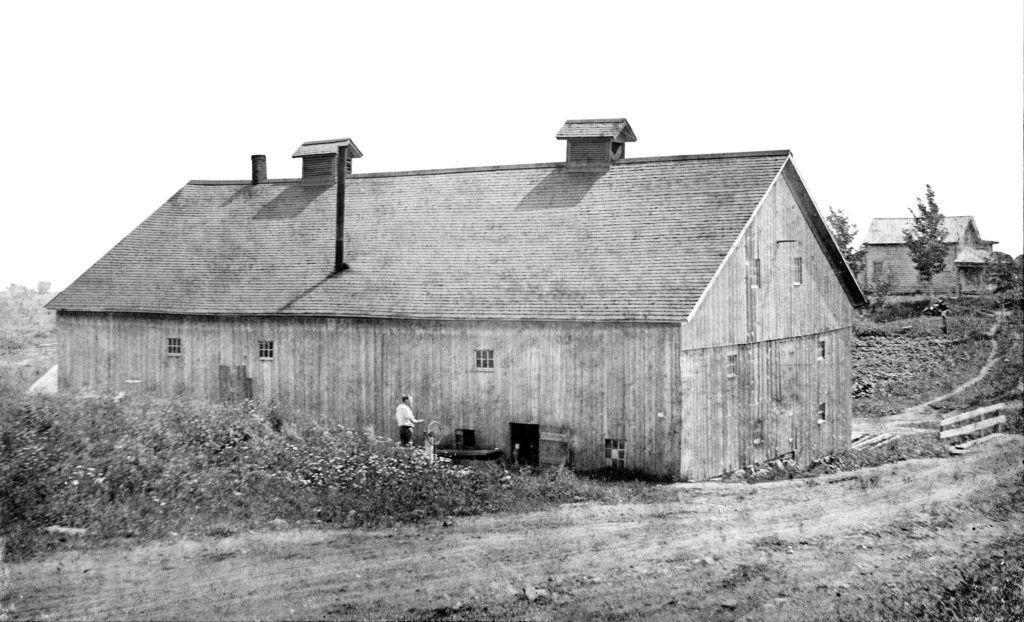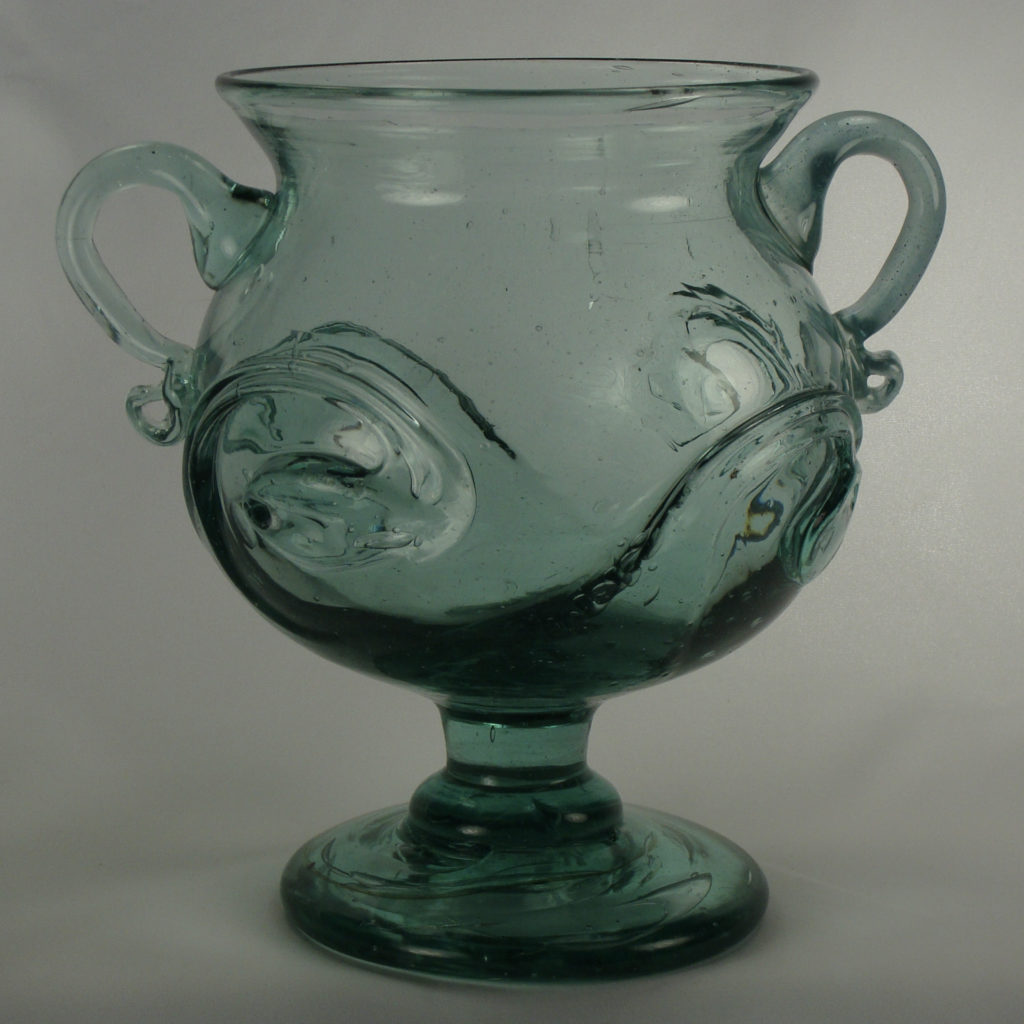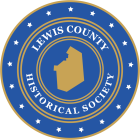The town of Harrisburg, Township No. 10 or Platina, was formed February 22, 1803, from sections of Lowville, Champion (Jefferson County) and Mexico (Oswego County). On April 3, 1807, Township No. 5 or Mantua (Denmark) was removed and then on February 12, 1808, Pinckney was taken off as well. These changes gave Harrisburg its present dimensions of 25,634 acres. Harrisburg is located in the west central part of Lewis County. The altitude near the town of Martinsburg is 1780 feet, 1606 feet at Bellwood and 1353 feet at the hamlet of Harrisburg.
The town was subdivided into 49 lots in 1798 and the I.W. Bostwick agency of Lowville handled its settlement. The first group of settlers arrived in 1802, and made their homes on the West Road. Those settlers included: John Bush, Palmer Hodge, Ashbel Humphrey, Col. Jared Knapp, John Lewis, Sylvanus Mead, Joseph Richards and Waitstill Stoddard. Almost without exception, the settlers came from the New England states. Their first homes were bark-roofed huts with pole and bark lofts. The early families lived in huts several years until trees and stumps were removed to clear land for homes. Lands were offered to the settlers on favorable terms varying from $2 to $3.50 per acre, one half due on the date of purchase.

The town is named for Richard Harrison (1747-1820). He was a well-to-do land speculator who owned this and other northern towns. He was a classmate of John Jay and a law partner of Alexander Hamilton. He also represented William Constable, an extensive land proprietor in northern New York. The town’s spelling of Harrisburgh continued to be used until 1850, when the final “h” no longer appeared in the Town Clerk’s minute book.

A variety of economic enterprises existed in the township. Peter Card started a cloth factory in 1807 that he and his sons ran for many years. Satinett was the cloth principally manufactured there. Potash was prepared and sold by early inhabitants. Five Windecker brothers owned sizable farms on the Old Henderson Road (Route 177). They also built a sawmill, gristmill, cheese factory, a store with a post office and a Baptist Church. Business activities ceased here early in the 20th Century. Prior to 1896, Duane Day constructed a blacksmith, sleigh and wagon shop in Bellwood. In 1927, John Chambers opened a general store on the southeast corner of Route 177 and Sears Pond Road intersection. Materials for the building came from the razed Methodist Church at Gardner’s Corners. Matt Burdick sawed 80,000 feet of lumber and operated a boxman lathe for fabricating cheese boxes in 1870. John Rice built a glass factory, including a brick oven, behind his home in 1841. A brick factory was in operation and supplying bricks for large homes in Lowville. Many people manufactured oil of peppermint, which was used in medicines and flavorings. Wayne Clark was the largest hop grower in the township during the nineteenth century. At his farm on the Wood Battle Road he had a boarding house for 20 employees. Other products created in the town’s history are spruce gum, maple syrup, natural gas and ice. Many of the enterprises were sidelines for the town’s most common vocation – dairy farming.
